Few books can claim to have carved a franchise furrow in popular culture encompassing both gamers and the streaming studio elite. Fewer still have successfully crossed over with a show headed up by a marquee star with character acting credentials. That the aforementioned gamers were ready to lynch up all comers when it came to casting Henry Cavill is old news. Those with a distinct lack of vision, who all had their own version of Geralt embedded in their minds after three epic console outings, seemed unable to look past his Superman spandex.
His movie-star features, towering physique, and laid-back persona stood in direct opposition to everything that their Geralt embodied. What came out in the wash, as so often happens, is that Henry Cavill was a fan. Not just an actor paying lip service in pursuit of his next role, but someone who intended to make good on a promise. Even after the first images were released with the actor in full regalia, donning a flowing grey mane people still bayed for blood. So, when season one of The Witcher hit Netflix last year, it became something of an anomaly.
Holding true to the source material from Andrzej Sapkowski, this sword and sorcery epic made an impression. Suddenly, the fan faithful offered up their penance, as Cavill came to embody Geralt in all his stoic glory laying waste to monsters and wooing fair maidens. Beyond the relief which rippled through internet forums and savagely proved a point around casting choices, The Witcher also felt solid.
This world was carved in granite and its characters had gumption — especially breakout star Anya Chalotra, who played Yennefer of Vengerberg. Her origin story alone contained enough blood, bile, and blackhearted revenge to fill most dramas in a single run. The Witcher not only demanded audience investment, but also continually rewarded those who stayed the distance. Carried upon Cavill’s shoulders in full-on brooding hero mode, Netflix offered up an anti-hero who deserved more time on the playing field.
In season two that is exactly what audiences get, as showrunner Lauren Schmidt makes everything bigger. With Geralt and Yennefer separated after a bloody battle, the sophomore season of The Witcher makes much of expanding its cast. Elves, witchers and opposing political forces all look to make their presence felt. More than anything, those opening episodes offer up more of the same considered storytelling which made that first run so engaging.
Ciri and Geralt remain inseparable as they journey onwards, and there is easy on-screen chemistry between Cavill and Freya Allan that brings out differing character shades in both. Between the endlessly inventive creature creations and layered exchanges, there is much to enjoy in a series that feels grounded with this introduction to old friends, bloodline brethren, and a little family history making Geralt more than mere imagination.
What also comes quite strongly, even early on, is how paternal Geralt ultimately feels towards Ciri. Their relationship essentially exhibits a father-daughter dynamic, with undertones of an older sibling in the more playful moments.
This central relationship, alongside Geralt’s connection to Yennefer, drives the narrative forward, aided in no small measure by a plethora of supporting players. More than anything, that is what lifts The Witcher above its more generic competitors as a series. Graham McTavish’s Dijkstra and Mimi Ndiweni’s Fringilla are also standouts in season 2.
Yet there is such a rich vein of history yet to be mined in The Witcher novels that season two often feels like a taster for bigger things. As the canvas broadens, pawns are moved into place, and Geralt’s role becomes more important as things level up. No one knows this more than Andrew Laws, who breathes life into this world through his production design.
Aided by sweeping vistas, impenetrable forests, and castle strongholds, much of what makes The Witcher is achieved through world-building. There is a majesty on display within these cavernous enclaves that adds a reality, allowing audiences to invest. Fortresses in ruin, ancestral dwellings swathed in secrets, and elven runes carved in stone all do their part. Alongside the multitude of pitch-perfect performances, dynamic set pieces and undeniable depth, season two really delivers, not only guaranteeing the return of a third outing, but perhaps making way for others to follow.


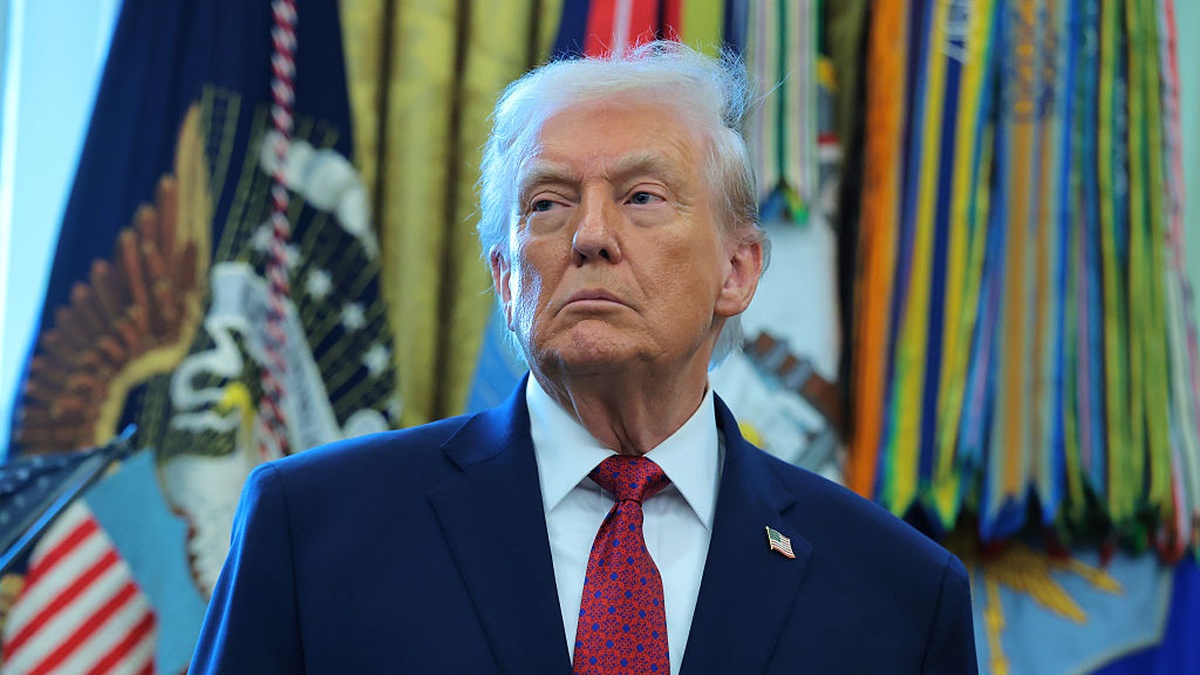

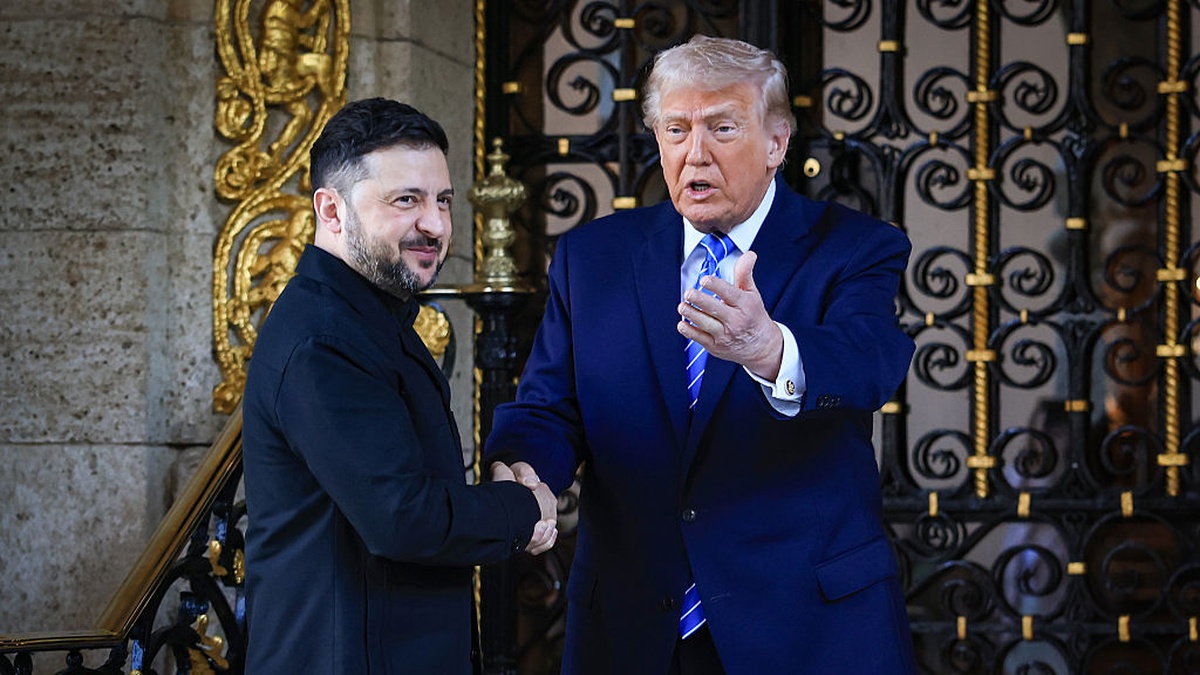

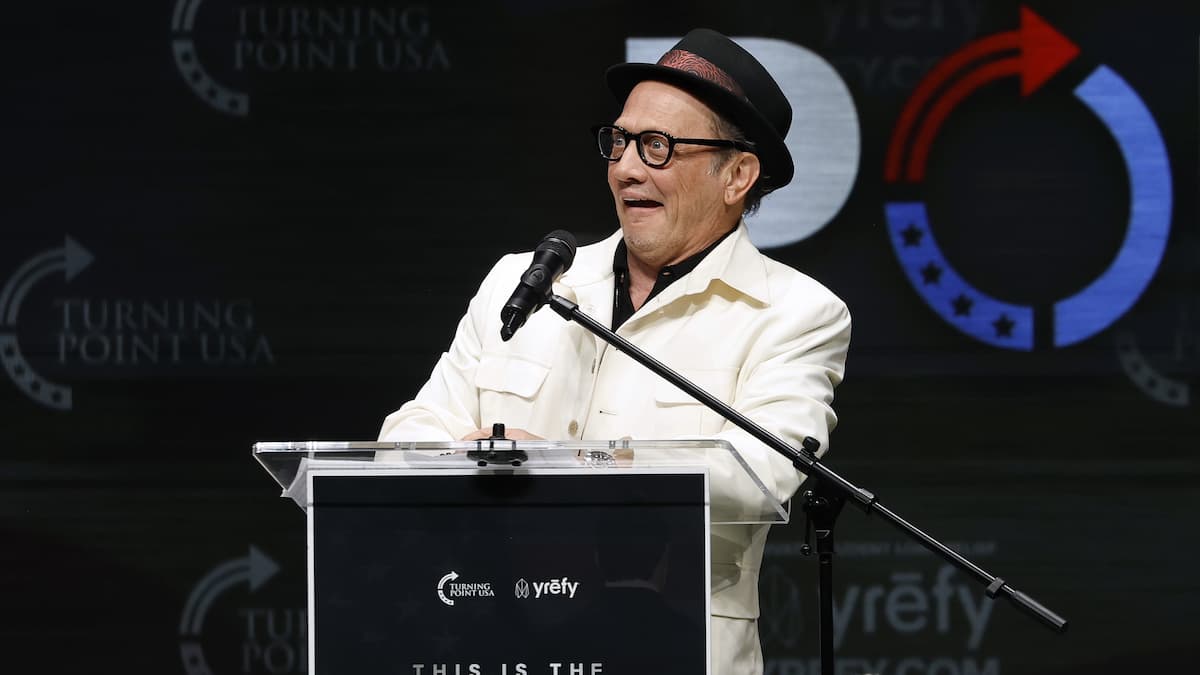

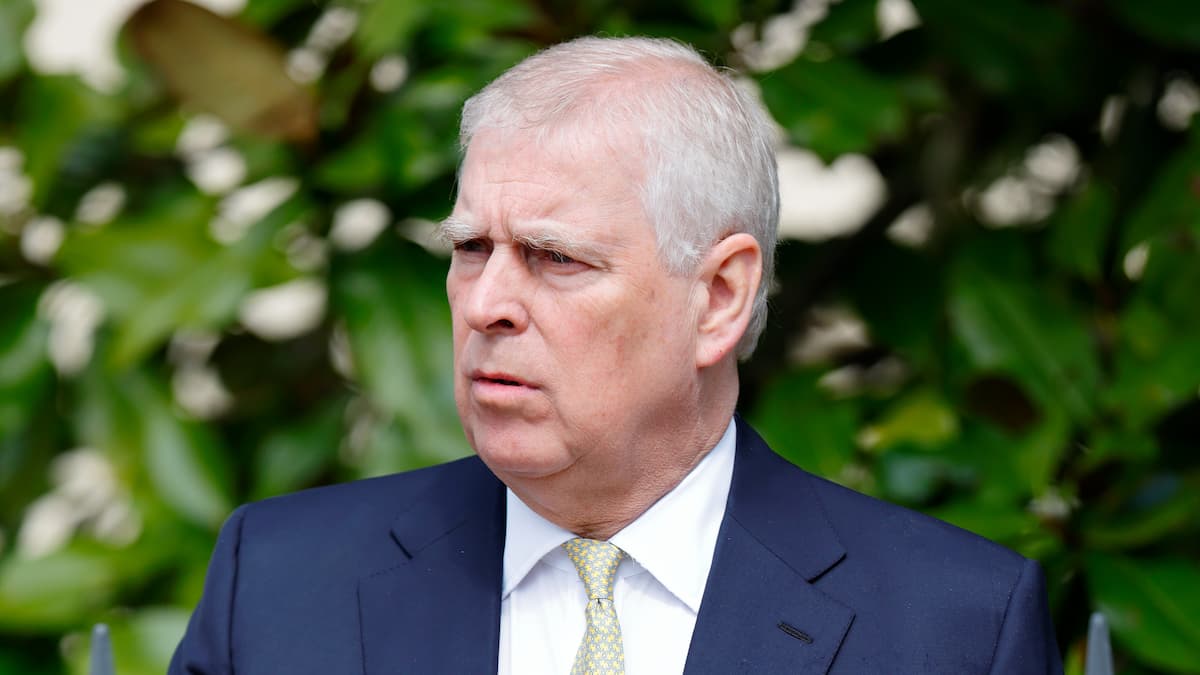
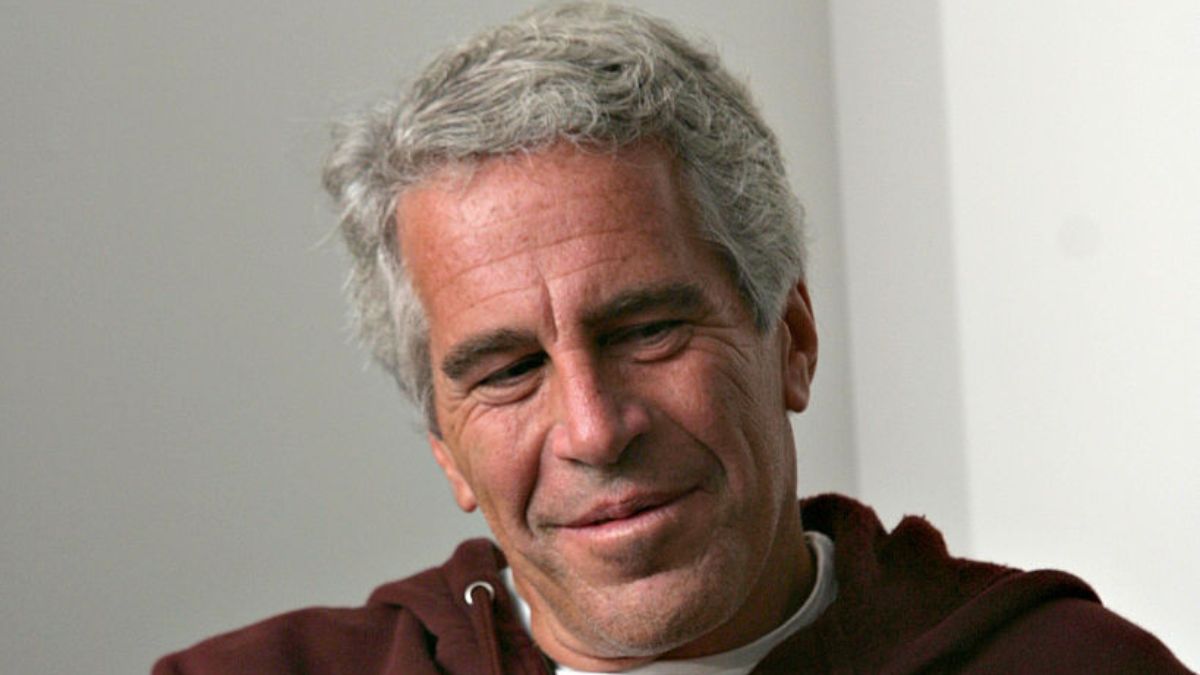
Published: Dec 16, 2021 07:04 pm